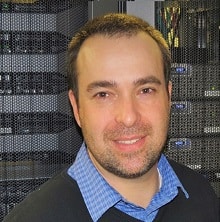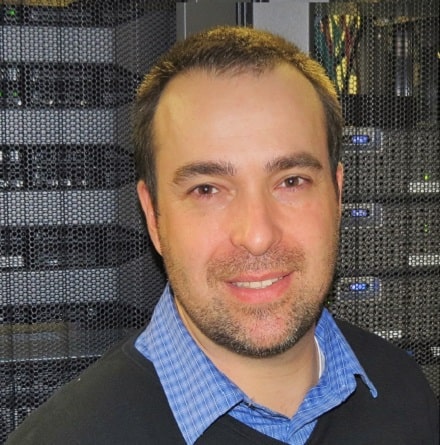Inside Angle
From 3M Health Information Systems
Building the Bridge to Healthcare IT
Trust me when I tell you that, as a healthcare IT technologist, most of us are excited about your projects when we first learn about them. You may have noticed the occasional sigh or raised eyebrow, but now the reason why.
Transparency.
My advice is to be as transparent as you can be with your technology teams about the business goals and the technical insight that led to the project. These conversations are often reserved for “C” level folks (CIO, COO, CEO, etc.), but may never be translated to the internal implementers outside of the tasks. Try to take the time, just thirty minutes to an hour, to speak directly with your technology teams and review project goals and the strategy that led to it.
Is it surprising that your technology stewards would have an interest and the acumen to comprehend healthcare challenges? That our interest isn’t just reserved for social network applications or the next big online game? As a healthcare technologist, I assure you, we want to be engaged in the greenfield and transformation of healthcare. This transparency is the dialog we can use to build a bridge to cross the gaps of performance, new product launches and the inevitable traffic of innovation.
Transparency. Got it. Sounds simple, but what assumptions are we missing along the way?
Remember when data storage became a commodity? What hasn’t been understood is that although we have that commodity in hardware, it should have never been implied as an ever growing, never ending feed of ingested data without a life. In healthcare IT, we are often burdened with data stewardship, governance and, too often, the mystical foresight for processes in keeping data around forever.
The result is backup jobs that take too long, compliance challenges, endless storage models, performance issues and a lack of free space for new projects. Adding storage is also more complex than the “commodity” suggests. With electronic medical records, meaningful use, healthcare related exchanges and the growth of services related to long term holistic patient analytics, we have put too much pressure on healthcare IT to not only solve, but maintain something that can grow beyond our capabilities.
How can you help?
It’s rather simple really: data time to live (TTL). Allow me explain. Do you have a data driven product that has been around for a while? Audit the data workflow (where and how the data is stored) and look to harvest the old data (how many duplicates?) to help your healthcare IT teams manage the challenges of data growth. Now, that doesn’t mean delete, delete, delete, but allows instead for a long term, client-focused data strategy that relieves the immediate pressure that too much data on non-commodity hardware can represent.
That harvest may require an investment into commodity hardware (remember tape drives? Yes, we still use those). Take the time to review a strategy to commoditize data. Now that we have learned to harvest, the next challenge is scalability. TTL isn’t as simple as whether data is alive or dead, but whether data is actionable, useful, potentially useful, and the consideration of when it is a good time to get rid of it. A solid data strategy will model these fundamentals and be useful outside of the healthcare IT world. Good data management begins with a conversation, but great data management requires a partnership.
Two simple concepts right? Let these two provide a strong foundation and a good starting point.
AJ Dandrea is operations manager of the cloud hosting organization at 3M Health Information Systems


